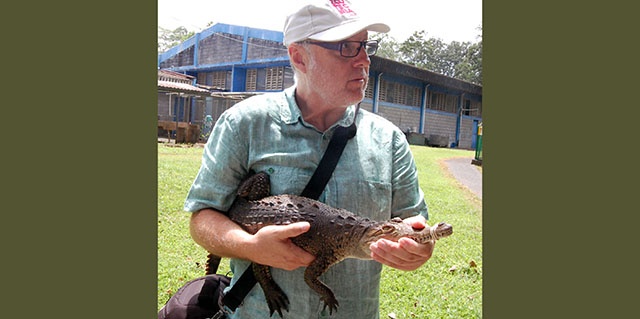The Universitat de València and the company Proiser R+D, in the Parc Científic, has announced that, contrary to popular belief, the sperm quality does not depend on the individual characteristics of the sperms. It is the common action of the subpopulations which causes the fecundation in the female genital. This work carried out by the university and the enterprise appears on the last edition of Asian Journal of Andrology.
Researchers of the Department of Cellular Biology, Functional Biology and Physical Anthropology of the Universitat de València and the biotechnological company Proiser R+D, located in the Parc Científic, have just published a research about sperm morphometry that open new ways of study regarding the male fertility in a wide range of species through an internal impregnation.
The research takes into account the sperm morphometry in its evolutive and reproductive aspects, and is addressed to identify properly the function of sperms in the reproduction. It also dismantled the premise that has been used until now by researchers in matters of male fertility. The premise was based on the idea that every ‘healthy’ sperm was competent to impregnate oocytes. Furthermore, it also describes that the common action of subpopulations of sperm is the originator of the fertilisation in the female genital. “The fact that only one sperm is enough for being pregnant, together with the emergence of a Intracytoplasmic Sperm Injection (ICSI), has delayed the research in this field, especially in humans”, says the biologist Carles Soler, professor of the Universitat de València and scientific director of Proiser.
The studies, that correlates clinical data, evolutive aspects and the production of sperm dose with the morphometric results from the assessment of sperm morphology by computer, appears in a special monograph of the journal Asian Journal of Andrology. This is the most prestigious journal in terms of Andrology and it is coordinated by Carles Soler. This is an abstract about 15 articles of different researchers from several research centres and universities, mainly Spanish ones (Universidad de Aragón-HQ Huesca, University of Murcia, Universidad Castilla-La Mancha, Universitat de València and INIA). They make Spain leader in the sperm morphology field over the world.
Proiser R+D is a biotechnological enterprise which was set up ten years ago. It has the aim of creating computer systems of seminal analysis in humans as well as animals. It is world-leader in sperm analysis called CASA (Computer Assisted Semen Analysis) which has been introduced in the field of human reproduction and veterinary science. “Among other things, the works presented in this monograph reveal how the useful of this equipment and the research works for matching up the clinical data with the morphometric results can create a series of observations about the subpopulations of sperm in fertile and infertile male. They could explain the causes of infertility which are nowadays inexplicable”, says Soler.
The study opens new ways of research in the fields of basic Biology, Medicine of the Human Reproduction and veterinary science.
http://www.asiaandro.com/artsmore.asp?id=147


